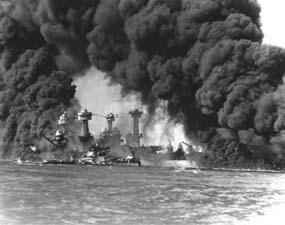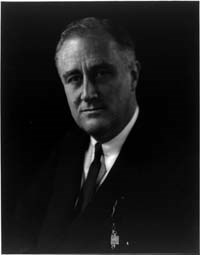
NPS A Breakdown in Intelligence In early 1941, at least 6 months before the Japanese attack on Pearl Harbor, President Franklin D. Roosevelt (FDR) asked a Secretary of War Stimson, Secretary of the Navy Knox, and Attorney General Robert Jackson, who oversaw the FBI, to make a recommendation on how to better coordinate these various intelligence operations. FDR had been alerted to the dangerous cracks in America's intelligence framework. The attacks at Pearl Harbor showcased these fractures to the world. The U.S. formally entered World War II on December 8, 1941. Behind the scenes, FDR had been building the spearhead of a shadow war that was essential to victory the more public theaters of action. After Pearl Harbor, it was time to push a fledgling agency into action. 
NPS A New, Yet Controversial, Move Forward
In truth, the executive order creating the COI authorized not only the collection of data, but engagement in clandestine actions to obtain the data or act upon information vital to national security. From its inception as the COI to its conversion to the Office of Strategic Services (OSS) in 1942 and throughout WWII, this new agency would push all of its boundaries. This experimental philosophy began at the top with FDR's appointee as first the Coordinator of Information and then Director of the Office of Strategic Services - William J. Donovan. |
Last updated: April 10, 2015
